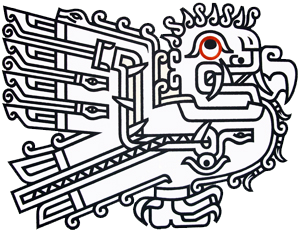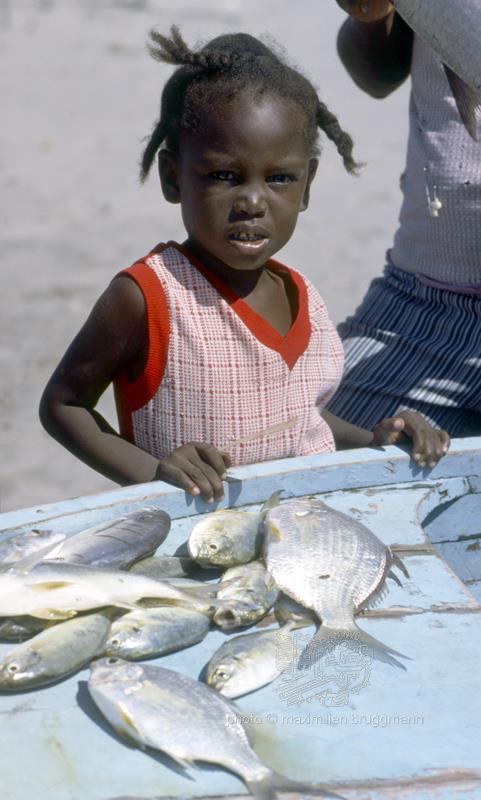Description
On the Caribbean coast of Honduras, after returning from an especially miraculous catch. A black girl from the town of La Ceiba offers beautiful fish to passers-by. The blacks form a sizeable population that has settled preferably in the low-lying, tropical areas of the Central American republics, more precisely along the Atlantic coastline. This ethnic group has preserved many traditions in which the African element is always present. Indeed, all these blacks are more or less direct descendants of the slaves who were brought to America during the 16th and 17th centuries by the Spanish conquerors. This odious trade in ‘ebony wood’ was motivated by the fact that the Westerners had exterminated most of the Indians who, prior to the Colony, populated the islands of the Caribbean Sea and the American continent. Lacking manpower, the whites decided to replace the natives with Africans, who were given the most arduous work. - 1977
Description
On the Caribbean coast of Honduras, after returning from an especially miraculous catch. A black girl from the town of La Ceiba offers beautiful fish to passers-by. The blacks form a sizeable population that has settled preferably in the low-lying, tropical areas of the Central American republics, more precisely along the Atlantic coastline. This ethnic group has preserved many traditions in which the African element is always present. Indeed, all these blacks are more or less direct descendants of the slaves who were brought to America during the 16th and 17th centuries by the Spanish conquerors. This odious trade in ‘ebony wood’ was motivated by the fact that the Westerners had exterminated most of the Indians who, prior to the Colony, populated the islands of the Caribbean Sea and the American continent. Lacking manpower, the whites decided to replace the natives with Africans, who were given the most arduous work. - 1977





